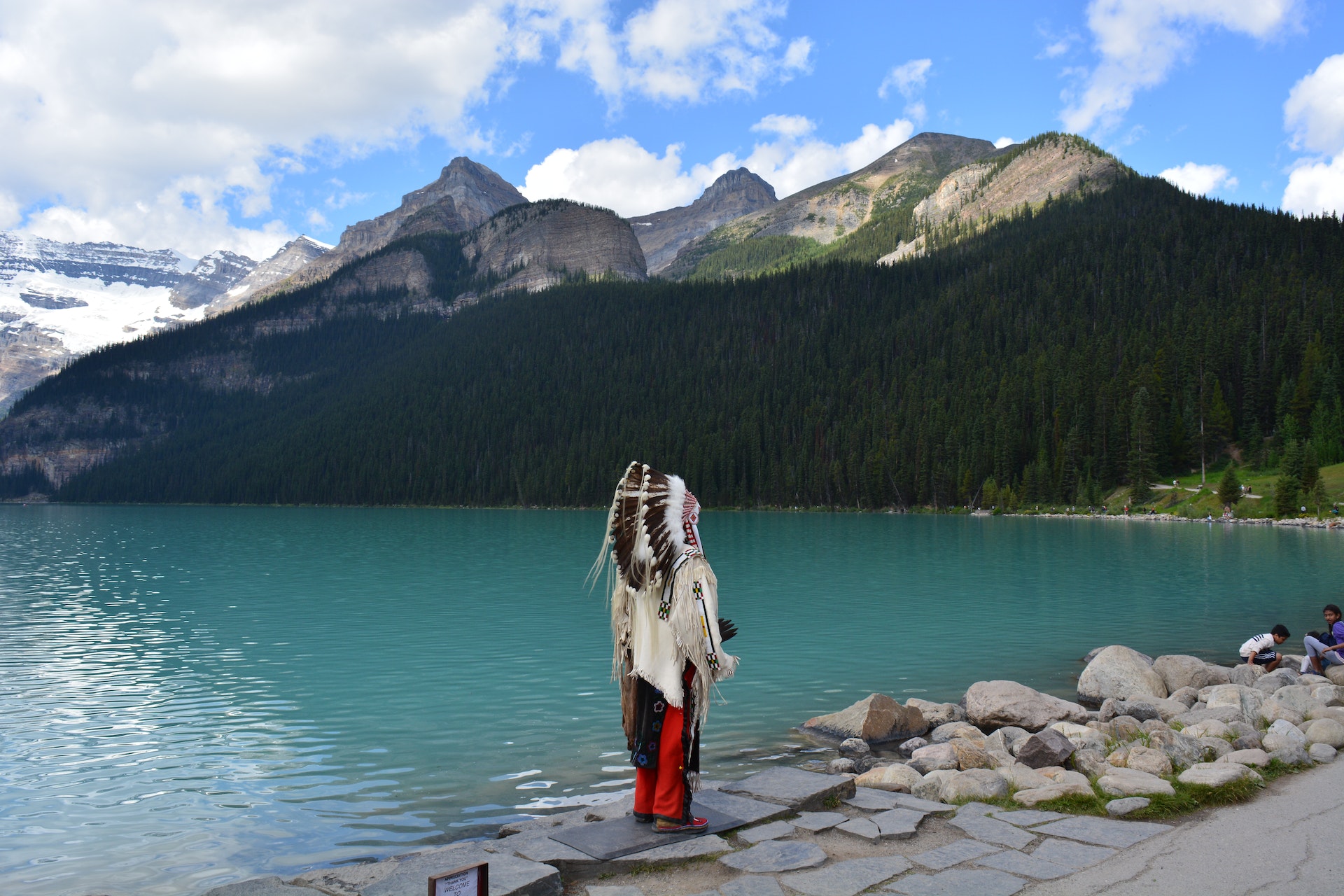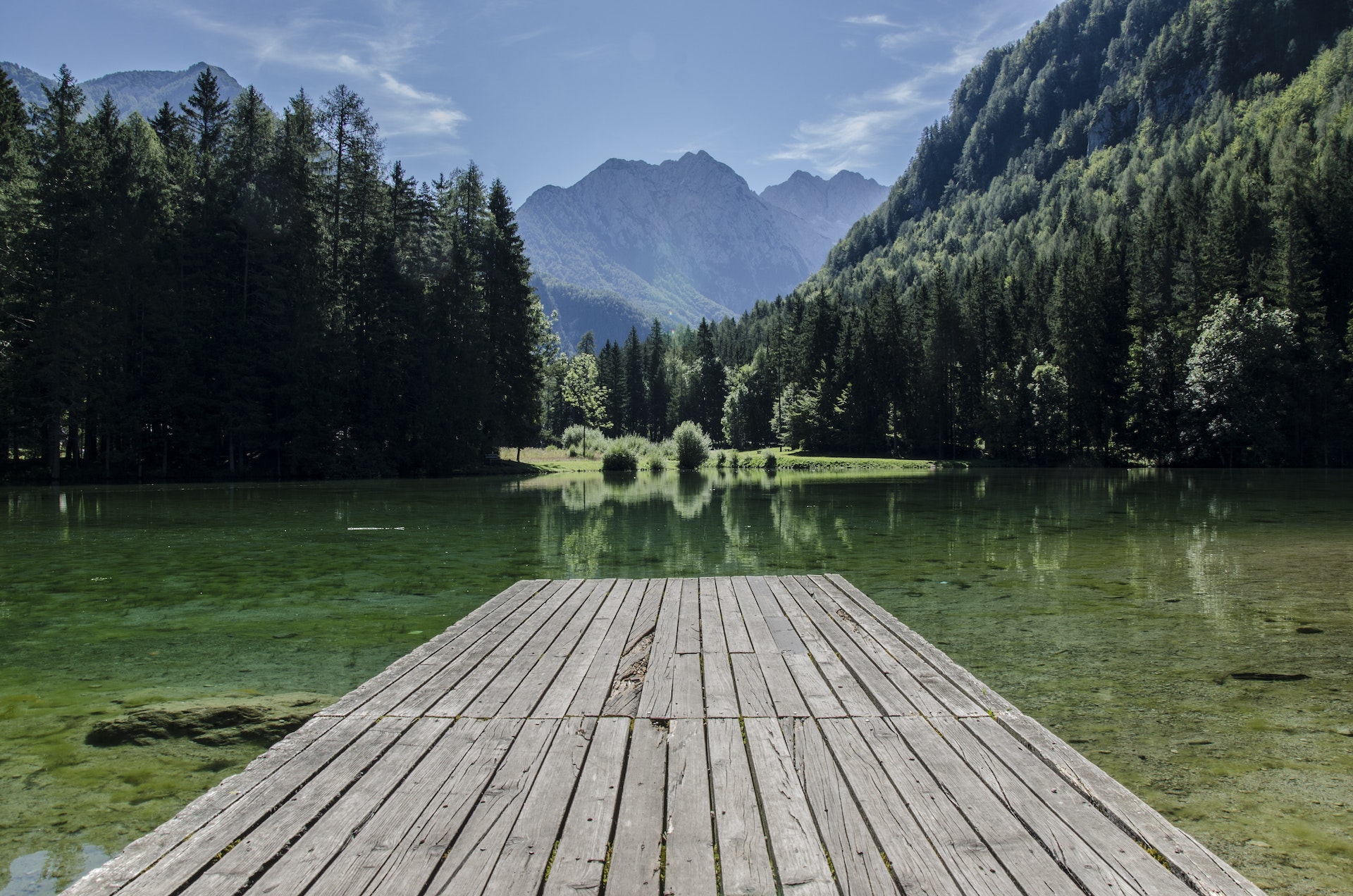History Is Who We Are
A brief history of our park.
Park History Program
The Park History Program supports Park Service staff in all matters relating to the service’s history and mission.
Heritage Travel
Cultural Resources
1831
In the early 18th century, a vast and rugged wilderness area in the heart of the fictional country of Napar captured the imagination of conservationists and nature enthusiasts alike. This area was home to a stunning array of wildlife, from majestic elk and bighorn sheep to elusive mountain lions and bears. It was also home to towering mountains, pristine lakes, and rushing rivers that provided critical habitat for a wide range of plant and animal species.
1867
After years of lobbying by concerned citizens, politicians, and conservation groups, the Napar government finally established the Napar National Park in 1925. The park was created to protect the natural beauty of the area, preserve its ecological integrity, and provide opportunities for visitors to experience the outdoors in a sustainable manner.
1890
Over the years, the park has faced a number of challenges, including threats from logging and mining interests, encroachment by developers, and the impacts of climate change. But through the tireless efforts of park rangers, scientists, and concerned citizens, the park has persevered, and today it is one of the most popular destinations in Napar.
1905 - 1910
Visitors to the park can hike through pristine wilderness areas, go fishing in crystal-clear streams, camp in the shadow of towering peaks, and even catch a glimpse of rare and endangered species like the Napar lynx or the black-footed ferret. And through it all, they are reminded of the importance of protecting our natural heritage for generations to come.
1940s
Today, the Larkland National Park is not only a symbol of Larkland’s commitment to conservation, but also a shining example of what can be achieved when people come together to protect our planet’s natural wonders. As the world continues to grapple with environmental challenges, the park serves as a beacon of hope, reminding us that with dedication and perseverance, we can preserve the wonders of the natural world for all to enjoy.
1970s
In recognition of the park’s importance, the Napar National Park was designated a UNESCO World Heritage Site in 1982. This designation has helped to raise awareness of the park’s unique natural and cultural values, and has spurred increased investment in conservation and visitor facilities.




A mystical world of peace & relaxation.
Napar Mountain National Park’s 215 square miles encompasses a spectacular range of mountain environments. From meadows found in the montane life zone to glistening alpine lakes and up to the towering mountain peaks, there is something for everyone to discover.
Explore the hidden treasures of Napar park.
Napar WordPress Theme
Napar is a beautiful and functional theme designed specifically for websites related to national parks, nature reserves, and other outdoor recreational areas. With its stunning design and customizable features, the theme provides a great platform to showcase the beauty and adventure of national parks.
